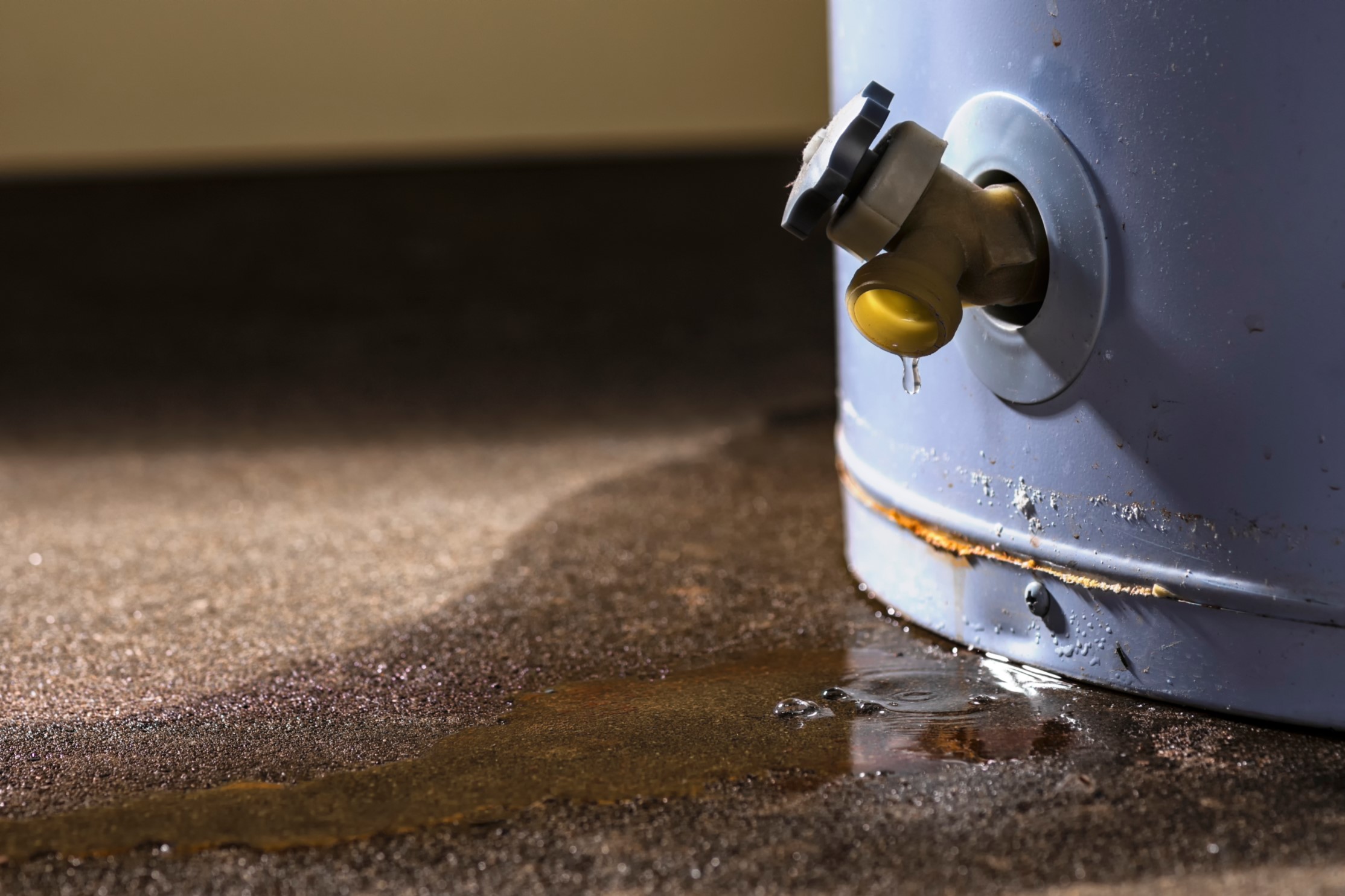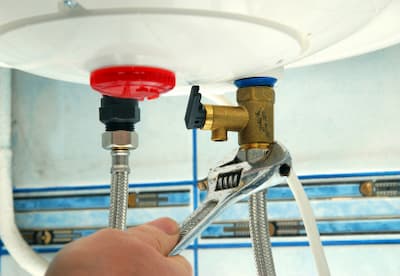Key Maintenance Tips for Your Home's Hot Water SystemSteps to Prolong the Life of Your Home's Hot Water System Through Maintenance
Book Now!What are your thoughts about How to Maintain a Hot Water Heater in a Few Simple Steps?

Hot water is essential for everyday convenience, whether it's for a refreshing shower or cleaning meals. To ensure your hot water system runs successfully and lasts much longer, regular upkeep is vital. This article provides practical tips and insights on exactly how to preserve your home's warm water system to avoid interruptions and expensive fixings.
Intro
Maintaining your home's hot water system could appear challenging, but with a few easy actions, you can guarantee it runs smoothly for many years ahead. This guide covers whatever from comprehending your warm water system to do it yourself maintenance suggestions and understanding when to call specialist help.
Significance of Preserving Your Warm Water System
Normal maintenance not just extends the life expectancy of your hot water system however likewise guarantees it runs successfully. Neglecting maintenance can result in reduced effectiveness, greater power costs, and also early failure of the system.
Indicators Your Warm Water System Needs Maintenance
Understanding when your warm water system requires focus can protect against significant concerns. Keep an eye out for signs such as inconsistent water temperature, unusual noises from the heating unit, or rustic water.
Comprehending Your Warm Water System
Prior to diving right into upkeep jobs, it's practical to recognize the standard parts of your warm water system. Normally, this includes the hot water heater itself, pipes, anode rods, and temperature controls.
Monthly Maintenance Tasks
Regular monthly checks can help capture small concerns prior to they intensify.
Flushing the Water Heater
Flushing your water heater removes sediment buildup, enhancing performance and lengthening its life.
Monitoring and Changing Anode Rods
Anode rods avoid corrosion inside the tank. Evaluating and changing them when worn is important.
Examining and Adjusting Temperature Setups
Changing the temperature settings makes certain optimal efficiency and safety.
DIY Tips for Upkeep
You can do a number of maintenance jobs yourself to maintain your warm water system in top condition.
Looking for Leaks
Routinely evaluate pipelines and connections for leakages, as these can lead to water damage and greater expenses.
Evaluating Stress Relief Valves
Testing the stress relief valve guarantees it works correctly and prevents extreme stress accumulation.
Insulating Pipelines
Insulating warm water pipes reduces warmth loss and can save power.
When to Call an Expert
While DIY upkeep is advantageous, some concerns need professional know-how.
Complicated Concerns Needing Professional Assistance
Instances include major leakages, electric problems, or if your hot water heater is regularly underperforming.
Regular Expert Upkeep Advantages
Expert upkeep can include detailed assessments, tune-ups, and making sure compliance with security standards.
Final thought
Routine maintenance of your home's hot water system is vital for efficiency, durability, and price savings. By complying with these tips and understanding when to look for professional aid, you can make sure a reliable supply of warm water without unanticipated disruptions.
How to Maintain an Instant Hot Water Heater
Before tinkering with your hot water heater, make sure that it’s not powered on. You also have to turn off the main circuit breaker and shut off the main gas line to prevent accidents. Also turn off the water valves connected to your unit to prevent water from flowing into and out of the appliance. 2. When you’re done, you have to detach the purge valves’ caps. These look like the letter “T” and are situated on either side of the water valves. Doing so will release any pressure that has accumulated inside the valves while at the same time avoid hot water from shooting out and burning your skin. 3. When the purge valves’ caps are removed, you have to connect your hosing lines to the valves. Your unit should have come with three hoses but if it didn’t, you can purchase these things from any hardware or home repair shops. You can also get them from retail stores that sell water heating systems. Read the user’s manual and follow it to complete this task properly. When the hosing lines are connected, open the purge port’s valves. 4. You should never use harsh chemical cleaners or solutions when cleaning your unit. Make use of white vinegar instead. It should be undiluted and you’ll probably use about 2 gallons. 5. Now flush your water heater. This task should probably take about 40 minutes. We can’t give you specific directions for this because the procedure is carried out depending on the type, model and brand of your heater. With that being said, refer to the user’s manual. 6. When you’re done draining the unit, you have to turn off the purge port valves again. Remove the hosing lines that you earlier installed on each of the water valves. Put the valve caps (purge port) back in their respective places and be very careful so as not to damage the rubber discs that are found inside these caps. 7. Now that everything’s back in place, check your user’s manual again to find out how to reactivate your water heating system. 8. Once it is working, turn one of your hot water faucets on just to let air pass through the heater’s water supply pipes. Leave the tap on until water flows smoothly out of it. https://www.orrplumbing.com/blog/2014/september/how-to-maintain-an-instant-hot-water-heater/

I stumbled upon that post on Tips For Maintaining Your Hot Water Heater while doing a lookup on the internet. Do you know about another person who is fascinated about the topic? Why not share it. Bless you for your time. Don't hesitate to check our blog back soon.
Contact Us Today